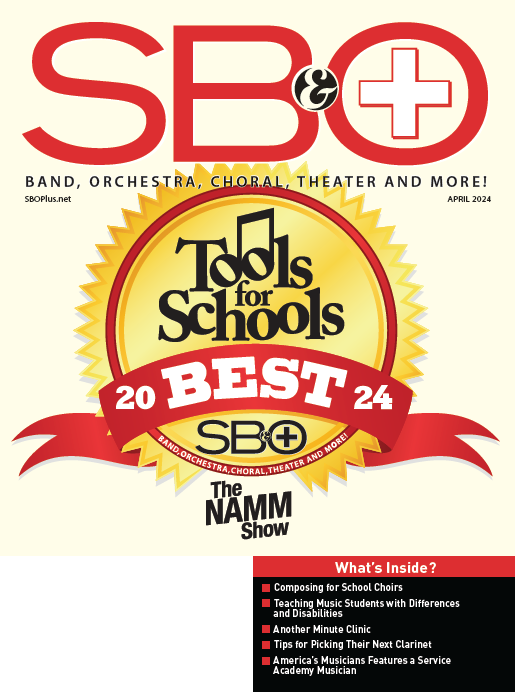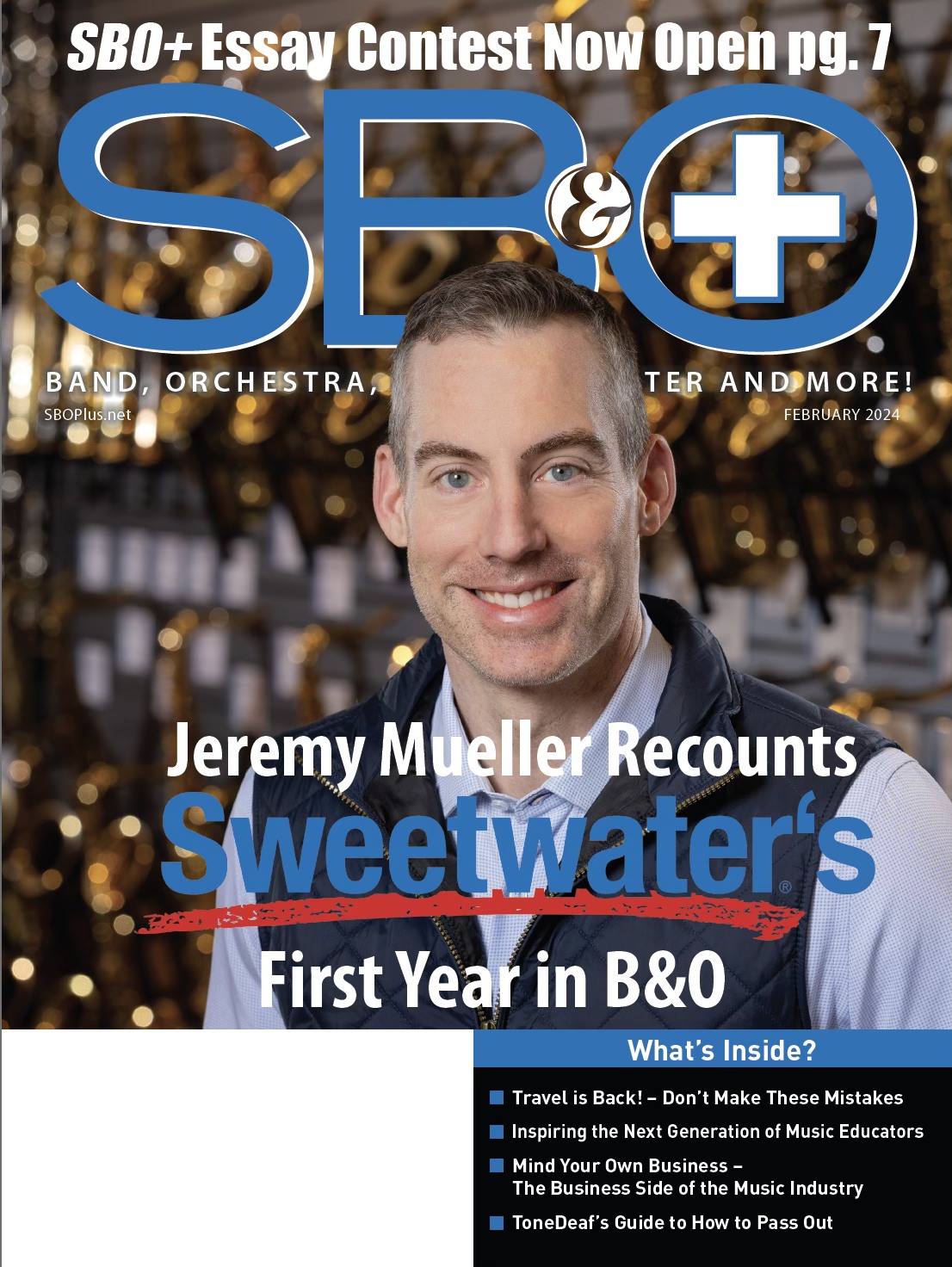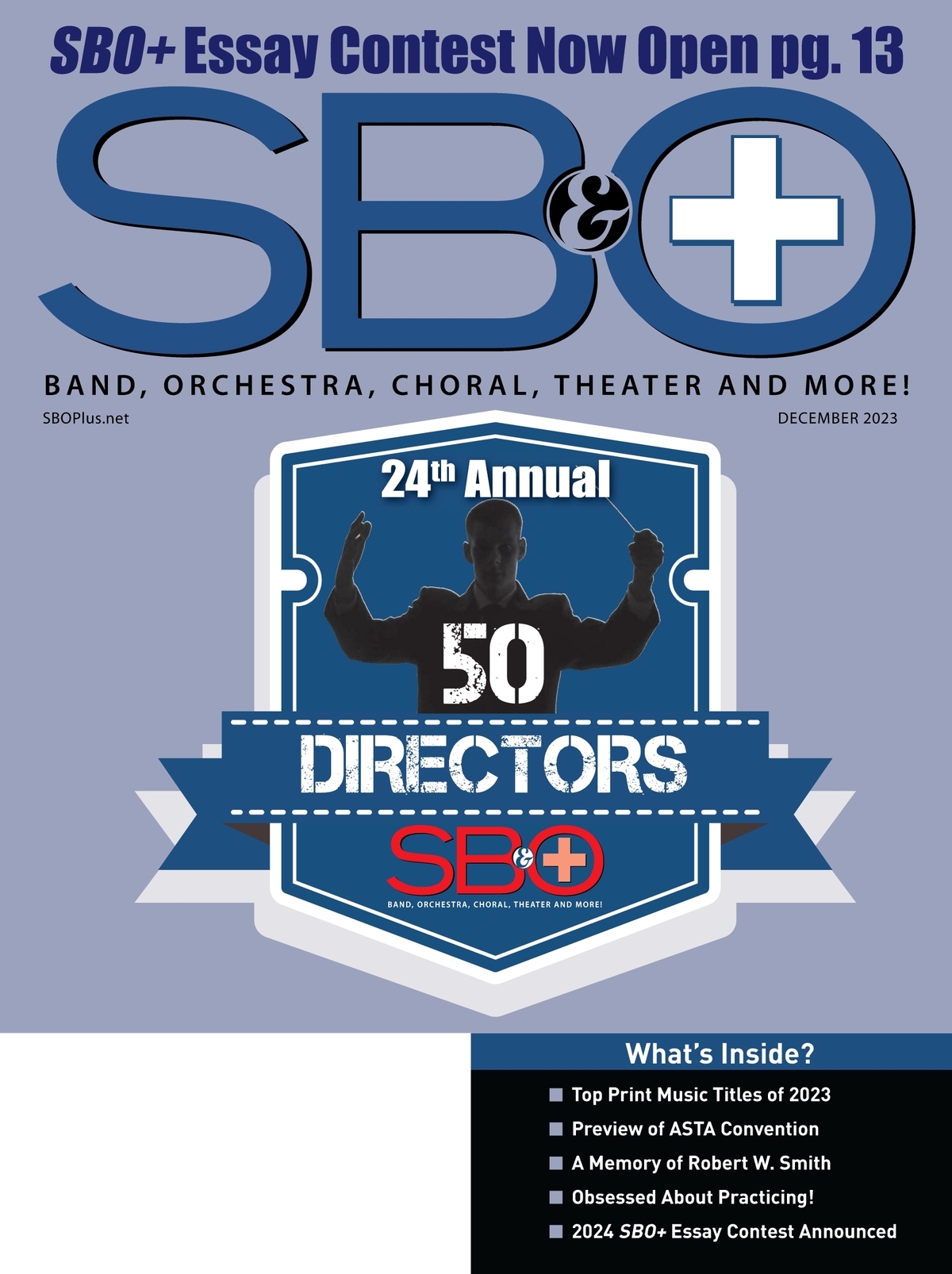EDUCATORS SUBSCRIBE FOR AS LOW AS $0.00! CLICK HERE!
You know it when you see “it,” and when you don’t. A school that has “it” is different than one that doesn’t. “It” enlivens an entire school because everyone is “making it” and “expressing it” in age appropriate ways. You can hear and feel the sequence of development from grade level to grade level, and the outcomes are seen and heard via individual and group activities. Learning experience offers a range of personal and material explorations along with rigorous training in the basics. There truly is no substitute for “it”.
What is “it? “It” is a school music education curriculum developed and taught by highly qualified music teachers trained to construct and deliver music learning experiences in developmentally appropriate ways. “It” includes a music education curriculum that builds year to year with expanding student outcomes that reflect deep and meaningful learning.
Wow, that was a mouthful! That is because you can’t quite capture the essence of what “it” is in just a few words. Simply put: there is no shortcut to equip children with the social, cognitive, and educational benefits that access to a solid music curriculum taught by qualified music teachers provides.
However, there are challenges to how music education can and should be delivered, and differing opinions on what type of music program is needed to offer the maximum educational benefit to children. An example where all of these factors came into play occurred recently when I helped to organize a community-wide meeting for a large urban school district that is reinstating its music education program after 20+ years. District administration is building a comprehensive music education curriculum effort, and has done its homework by studying best practices from other districts, seeking help from curriculum experts, and by hiring highly qualified teachers. There is a team that is working on district-wide music education offerings (as part of the core curriculum) that will expand to become available to all children within the next 2-3 years. This is a truly awe-inspiring effort that is essential to the whole education of the students of this district!
I had the opportunity to work with this team to update leaders from local and regional arts groups about the effort to bring music education back into the core curriculum, and to make it available to all students in every school, and possibly, to plant some seeds for expanding this work into other school districts. During our discussions, it became clear that the understanding of the people in the room of what constitutes a comprehensive music education curriculum, or “it”, was, in many ways, at the surface level or was nonexistent. This is not a criticism, but it was a reality check for me and all music ed advocates, that in the absence of strong, visible music education programs it is up to us to educate districts working to build music programs about what “it” is.
There are a couple of opportunities and reminders here for how to get “it” in your school districts:
Educate and inform school and community leaders, parents, fellow teachers, and administrators about what is truly happening in the music education classroom. If you are in any way a part of a community (teacher, music educator, music parent, school administrator, business leader) that has a comprehensive music program, you MUST inform and share its value and importance to student learning; do not assume that folks will understand what is being learned, or why and how. This is done not only through student performances, but also by classroom demonstrations where you share what students are learning. Back to school nights, open houses, parent visits, and instrumental recruitment efforts are perfect opportunities to share what is being learned through lesson demonstrations. And the importance to “educate and inform” holds true for established as well as emerging or reinstating programs; the value of this effort needs to be demonstrated and shared.
Publish your music curriculum; make learning content in music education available to all. This task is pretty much up to the music education staff, but communicating via a published grade-to-grade curriculum document lifts the lid on what is cooking in the music classroom, and its visibility strengthens commitment to accountability and outcomes in music education.
Celebrate the outcomes and accomplishments of purposeful music learning – from drumming in pre-K that supports language and literacy development to beginning instrumental students and their “First Performance” (www.nammfoundation.org/educator-resources/first-performance-demonstration-concert) – by creating a community that relishes the experiences and outcomes of every student who is learning music. There are so many ways to celebrate (social media, websites, news articles) all of this great work.
As we all go forth into this music education season, let’s commit to telling the whole story about the value and benefit of music education – there is truly nothing like “it”!







